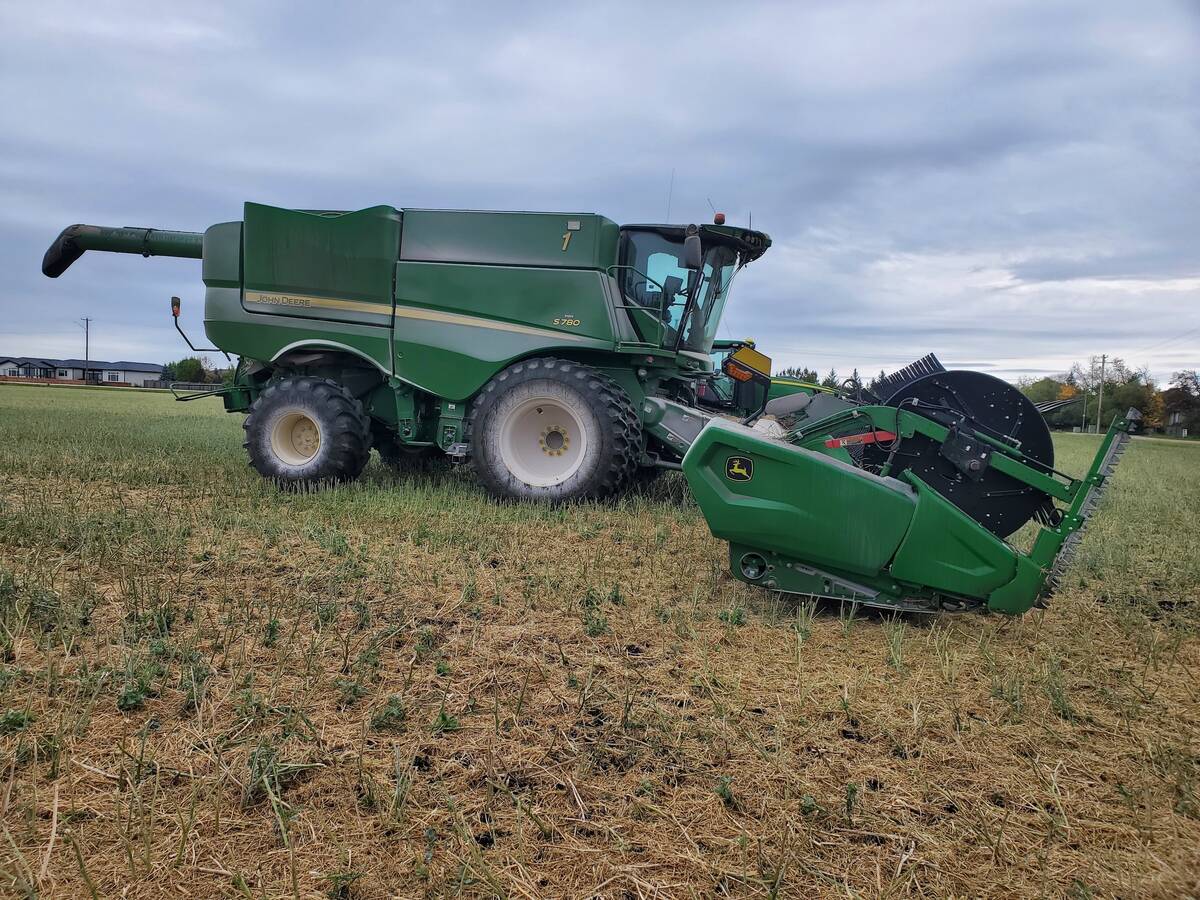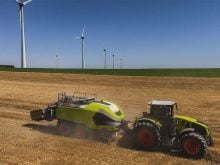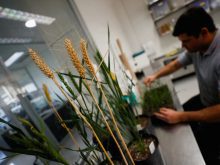The latest farm cash receipts for the first half of 2022 show an increase of more than 14 percent compared to the same period last year, totalling nearly $44 billion nationwide, according to Statistics Canada numbers.
Program payments make up the bulk of the $5.6 billion increase for the first six months of this year over last totalling $2.8 billion. The boost in receipts also came from livestock with an increase of $1.9 billion with crop receipts coming in at $824 million more.
Alberta led all provinces with total farm receipts of $2.5 billion. Saskatchewan had a decrease, reporting more than $300 million less over the first six months of the year.
Read Also

Powdery mildew can be combine fire risk
Dust from powdery mildew can cause fires in combines.
Tom Steve, general manager of the Alberta Wheat and Barley Commission, said the numbers might look good from the top but the underpinnings of the bump in receipts isn’t so hot.
“I’ve always found farm cash receipts a little misleading in terms of industry direction,” he said, adding at a glance they might look positive to the uninitiated. “The raw numbers don’t tell the whole story.”
Steve pointed out $1.3 billion of Alberta’s higher farm receipts is due to payouts from insurance from last year’s drought.
“I can assure you farmers are not making huge profits on their crop insurance payouts,” he said.
On the cattle side, much of the increase was likely due to a corresponding spike in marketings because of last year’s drought, Steve added.
Farm receipts might reflect the cash in the sector but not necessarily how much of it is ending up in the pockets of producers.
On-farm storage capacity is increasing, which is allowing grain farmers flexibility in when they market their products. But Steve said the check-off numbers for the Alberta Wheat and Barley Commission aren’t showing a huge sell-off of product that would indicate a a substantial increase in farm receipts.
“Our check-off numbers are down roughly 40 percent in line with the 40 percent reduction in the size of the crops,” he said.
Higher wheat prices due to the war in Urkaine contributed to receipt totals and some producers were able to offset lower volumes.
As well Steve said Eastern Canada’s 2021 corn and soybean crops were able to command good prices with receipts coming in at 48 percent and 31 percent higher respectively while supply-managed sectors have been able to raise prices as inflationary pressures hit the economy.
As for Steve’s predictions for the last half of 2022, he said there may be a substantial dip coming in the tail end of the year.
“At least on the grain side because inventories have been dropped down to very low levels. There hasn’t been a lot of wheat moving over the course of the summer or barley and I suspect canola will be in the same boat,” he said. “There just isn’t a lot of product left.”
There are also concerns about whether the railways will be able to ramp up their logistics systems for an anticipated average to above average crop after last year’s slow down due to the drought.
“We’re already concerned about the railways moving this bigger crop because we had such a serious drought in 2021 and typically, CN and CP will scale down their operations to meet whatever demand that’s in the marketplace,” said Steve. “The industry is concerned whether they are going to be able to scale up in a timely fashion.”
Durum receipts that were stable in the first half of the year because of higher prices offsetting lower marketings should see an increase for the year overall despite persistent dry weather and grasshopper infestations in southern Alberta and Saskatchewan.
Further on the horizon, Steve said the big question remains whether higher input costs, especially with fertilizer, will affect farmers’ bottom lines.


















